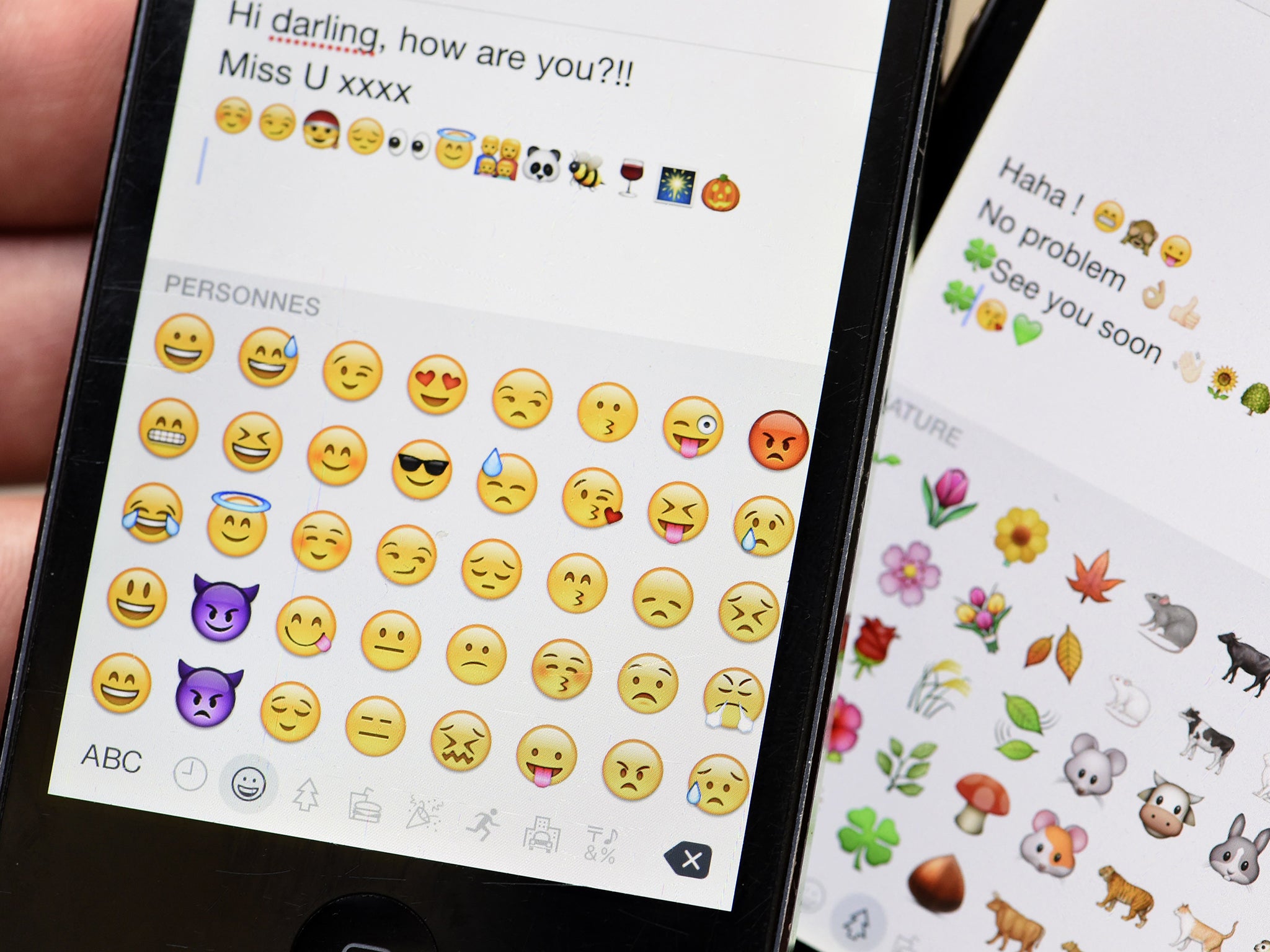New emoji for iPhone and Android postponed because of coronavirus pandemic

Your support helps us to tell the story
From reproductive rights to climate change to Big Tech, The Independent is on the ground when the story is developing. Whether it's investigating the financials of Elon Musk's pro-Trump PAC or producing our latest documentary, 'The A Word', which shines a light on the American women fighting for reproductive rights, we know how important it is to parse out the facts from the messaging.
At such a critical moment in US history, we need reporters on the ground. Your donation allows us to keep sending journalists to speak to both sides of the story.
The Independent is trusted by Americans across the entire political spectrum. And unlike many other quality news outlets, we choose not to lock Americans out of our reporting and analysis with paywalls. We believe quality journalism should be available to everyone, paid for by those who can afford it.
Your support makes all the difference.New emoji have been delayed by the ongoing coronavirus pandemic.
There will be no new characters next year as the volunteers who help create them are struggling to deal with the health situation across the world, according to the Unicode Consortium, which organises new emoji releases.
The new emoji that were announced earlier this year – which include transgender representation and extinct animals – are still expected to make their way to iPhone, Android and other platforms through the course of 2020.
But the new updates that would have been planned for 2021 have been pushed back to the following year. Version 14 of Unicode's standards, which would have included the new characters, has been delayed by six months, it said.
The Unicode Consortium is made up of most of the biggest technology companies in the world, who work through the group to agree new emoji, ensuring that all the available characters are consistent across platforms and interoperable. But the actual work of the consortium is done in large part by volunteers, and the delay was agreed to ensure they were able to deal with the fallout from the pandemic.
“Under the current circumstances we’ve heard that our contributors have a lot on their plates at the moment and decided it was in the best interests of our volunteers and the organizations that depend on the standard to push out our release date,” Mark Davis, president of the consortium, said in a blog post. “This year we simply can’t commit to the same schedule we’ve adhered to in the past.”
New emoji work on a long schedule: they are usually finalised in January, but do not actually arrive in new phones until the following September. The new schedule pushes the schedule back by six months, meaning that any characters planned for version 14 are not likely to arrive until the spring of 2022.
The delay in the schedule does give an extra six months to anyone planning to submit proposals for new emoji, with the deadline pushed back to September of this year. Anyone can propose an idea for an emoji to the consortium, which then works to decide if the character should be added.
The consortium said it was still looking to see whether it will be possible to release new "sequenced" emoji, which are made up of existing characters combined to make a new one, and those new emoji could come sooner. The planned black cat, for instance, is internally made up of the existing cat emoji added to the existing black square one, and so could still arrive next year in a smaller release.
Join our commenting forum
Join thought-provoking conversations, follow other Independent readers and see their replies
Comments